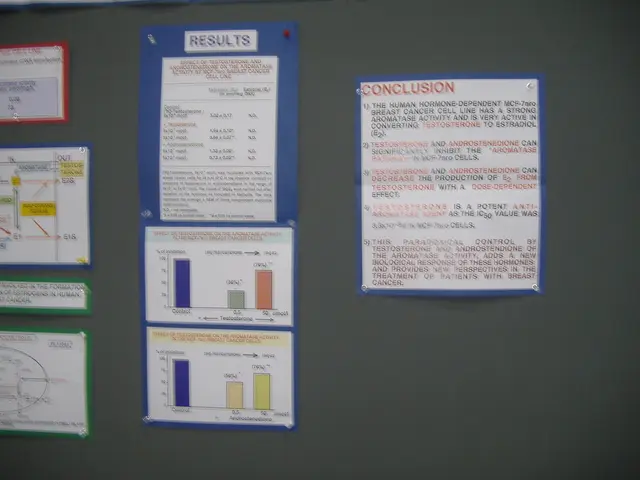Navigating Instant Messaging Management in a Complicated Regulatory Setting
In the global financial industry, the dominant Instant Bloomberg chat platform boasts approximately 320,000 users. This surge in instant messaging (IM) usage poses a challenge for legal teams, who are struggling to find relevant information amidst the deluge of chat communications across financial services organisations.
The rise of IM as a primary communication method necessitates a response from financial services companies to prepare for increasing regulation and compliance demands. To meet this challenge, eDisclosure technology has emerged as a vital tool. These solutions are designed to handle and analyse large volumes of IM data, leveraging specialized strategies and technologies tailored to the unique challenges such data presents.
One of the key factors in effective eDisclosure is engaging technical eDiscovery and forensic experts early. These professionals manage the extraction and preservation of messaging data, which often comes in variable and complex formats across platforms like Slack, Microsoft Teams, and others.
Another crucial aspect is implementing sophisticated data ingestion and normalization processes. This ensures consistent, defensible data sets suitable for downstream review and analysis, overcoming the "treacherous" nature of exporting from diverse messaging systems.
Advanced analytics and review workflows also play a significant role. They go beyond simple keyword search by analysing communication patterns—such as who is talking to whom and about what—to reduce data volume early and prioritize relevant content.
Integrating AI and machine learning technologies further enhances the efficiency of the document review and investigations process. These technologies enable efficient search, contextual understanding, and pattern recognition within large datasets, thereby increasing both speed and accuracy.
Robust information governance frameworks are equally important, aligning with regulatory and compliance requirements such as GDPR. These frameworks support not only litigation but broader enterprise risk management and security.
Identifying and presenting key communications is a critical issue in the face of enquiries or lawsuits. Presenting chat communications as clear, easy-to-read documents can enhance review and analysis. Concept analysis can look beyond individual search terms to the broader context in which they appear, grouping documents based on a broader analysis of their contents.
IM conversations present a unique problem due to the highly unstructured data they contain. However, with intelligent processing, clear document rendering, and advanced analytics, it is possible to efficiently cull and comprehend chat data. Continuous machine learning can even suggest likely relevant documents for review from chat, along with email and the rest of the data.
Organisations without adequate internal compliance programs and tools for handling large data volumes may struggle with eDisclosure and internal investigations. Financial services organisations are preparing for the growth of data due to increased regulatory pressure. A robust analytical eDisclosure tool can provide clear, rapid insight into enterprise data, potentially helping companies create a positive perception of compliance with regulatory authorities.
In conclusion, eDisclosure solutions combine expert forensic handling, advanced technical processing, AI-driven analytics, and strong governance to effectively process and analyse high volumes of instant messaging data in financial contexts. This approach helps manage volume, maintain defensibility, and extract actionable insights needed for litigation, compliance, and investigatory needs.
Read also:
- MRI Scans in Epilepsy Diagnosis: Function and Revealed Findings
- Hematology specialist and anemia treatment: The role of a hematologist in managing anemia conditions
- Enhancing the framework or setup for efficient operation and growth
- Hydroelectric Power Generation Industry Forecasted to Expand to USD 413.3 Billion by 2034, Projected Growth Rate of 5.8% Compound Annual Growth Rate (CAGR)







